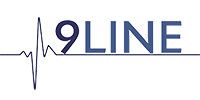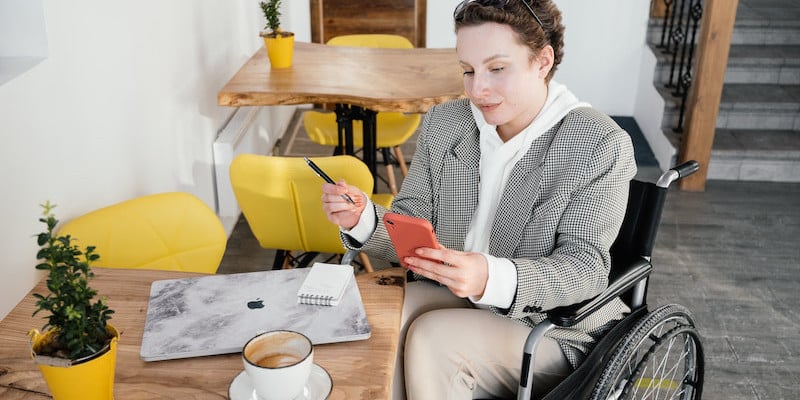By: Mark Turpin
Technology is continually evolving, and 911 needs to evolve too. Since the first inaugural (and ceremonial) 911 call was placed in 1968, these three digits have become a literal lifeline in times of crisis. To ensure all 911 callers are able to quickly and easily access the help they need, enterprise phone systems in commercial businesses, hotels, and other large environments such as municipal offices need to evolve to keep up.
Next Generation 911: A Brief Overview
911, and other phone systems, began transitioning away from analog decades ago, and VoIP and IP telephony are now the norm. Though IP-based communications are already able to handle video and text message communications, aging 911 infrastructure, curtailed by limited government IT budgets, has lagged. As such, the technology gap between the 911 caller and the 911 telecommunicator (dispatcher) has widened dramatically.
911 in its current form has served us well for decades, and next generation 911 aims to ensure that help always remains just a phone call or text message away. Next generation 911 aims to create a faster, more resilient system that can support voice, photos, video, and text message calls for help and assist 911 dispatcher to better respond to call overloads and natural disasters, offering proper jurisdictional responses based on location tracking information.
The 9Line Approach to Next Generation 911
In addition to supporting text and video calls, next generation 911 technology platforms like 9Line’s are able to update location information almost instantly. While older 911 solutions relied on manually updated 911 address databases (where new information could take hours or even days to propagate) next generation 911 systems are able to propagate new location information while the caller is on the phone.
This means that if one of your workers decides to temporarily trade their desk for a table at their local Starbucks, they can plug in the coffee shop’s address and then make a 911 call from their company softphone. As your phone system receives new location updates, using programs such as Cisco’s Emergency Responder OFP feature, it uploads the information to 9Line’s secure database. Upon receipt, the address is ready for use, and the 911 dispatcher will be able to pinpoint the caller’s location instantly, even if that information was just updated in 9Line seconds ago.
This functionality will become increasingly critical in enterprise environments when the second phase of the Ray Baum Act comes into effect on January 6, 2022. Phase one, which is already law, requires all enterprise phone systems to include dispatchable location information for 911 dispatchers when a call is placed from within your offices. A dispatchable location should include a valid street address, building, floor, suite, and room numbers. This information can also include directional information (for example, break room, second floor, northwest corner).
In 2022, all organizations’ business phone systems will be legally required to provide dispatchable location information for remote workers as well as onsite workers.
For more information, please consider reviewing our article: A Guide to Kari’s Law and Ray Baum Act: Now and in the Future.
Why Choose 9Line?
Easy to Deploy & Easy on Your Budget
At 9Line, we believe that calling 911 is a right, not a privilege. That’s why we pride ourselves on making safety both affordable and accessible and never compromise on the quality of the products or services we offer.
We have designed our systems to make them as easy to deploy, configure, and update as possible so that you can rest assured that your workers, customers, and other business visitors can quickly and easily get the help they need should the situation arise.
More Detailed Location Information Than Competitor Products
Our system also supports more location granularity than similar competitor products. For example, while one of our competitors only offers 19 characters, forcing you to truncate valuable information at a time when cutting corners can cost lives, we offer 60 characters, allowing for more detailed and coherent notes.
Competitor data location notes: BLDG 14 STE 4562 OFC 1
Our data location notes: Building 14 Suite 4562 Office 1029 Break Room South Corner
Certified 911 Compliance
We are also the only provider that offers full compliance certifications for both Kari’s Law and Ray Baum. To ensure you are fully compliant, our team of experts is here to guide you through the compliance process. After your integration with 9Line is complete, we will provide testing and validation across your phones to ensure all locations have been programmed accurately.
States & Municipalities: Federal Grants Can Help Defray Upgrade Costs
From a municipal perspective, it can be expensive for towns, cities, and states to upgrade their outdated 911 systems. To help defray the costs of upgrading to next generation 911 and keep citizens safe, the US Departments of Transportation and Commerce announced more than $109 million in grants, with funding earmarked to support state and local efforts to deliver optimal 911 services. Funding can be used for:
- The implementation and operation of 911 services
- Upgrading 911 services
- Migrating to IP-enabled emergency networks (ESInet)
- Overall adoption of next generation 911 services and applications
More information, including application requirements and other helpful information, can be found here, and a full list of state and tribal grant recipients can be found here.
When tragedy strikes, your citizens, workers, customers, and visitors need to know that they can call 911 quickly and easily. Next generation 911 aims to make it easier than ever by modernizing outdated 911 infrastructure.
Don’t delay. For more information about next generation 911, or to start your system upgrade, please contact our team today.

